Asbestos was once hailed as a miracle material—until it was linked to cancer, lawsuits, and devastating health crises. Today, we may be unknowingly repeating history. With the boom in new building technologies and the push for “sustainable” options, a number of materials are entering the market with more hype than long-term testing. These are the ones experts and watchdogs are already keeping a close eye on.
1. Spray Foam Insulation
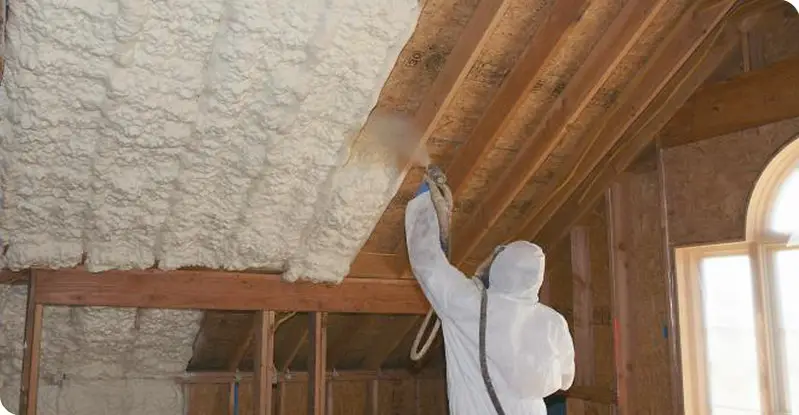
Spray foam insulation is praised for its energy efficiency, but some versions contain isocyanates—chemicals that can cause serious respiratory issues. According to the U.S. Environmental Protection Agency (EPA), improper installation or exposure during renovations may pose health risks. Once cured, spray foam is considered stable, but the curing process itself can be hazardous without proper ventilation. Long-term exposure data is still limited, especially for homeowners living with aging foam.
Contractors love spray foam for its tight seal and high R-value. But for residents, lingering fumes or faulty installs can lead to chronic irritation or worse. And because it’s hidden behind walls, detection is tricky. If new symptoms appear after installation, spray foam could be the unseen culprit.
2. Recycled Tire Rubber Mulch
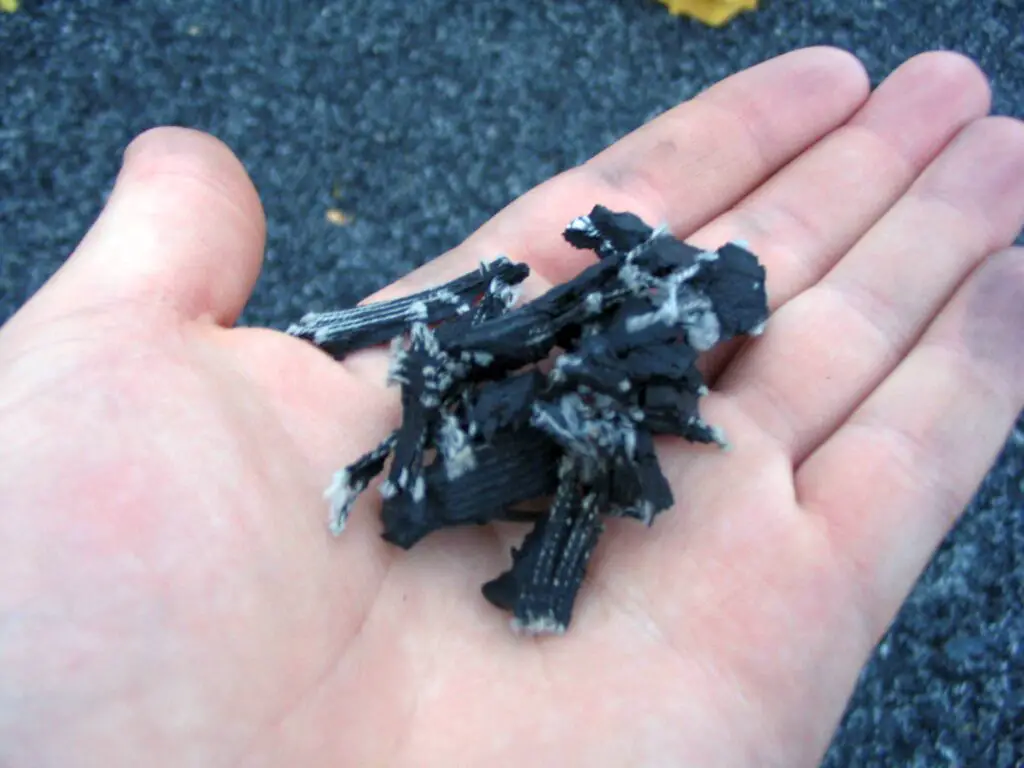
Used in playgrounds, landscaping, and green roofing, recycled rubber mulch seems eco-friendly at first glance. But a growing number of studies, including those reviewed by the EPA, raise concerns about the chemicals and heavy metals it may release. Children and pets are especially vulnerable to long-term exposure. And when used on rooftops, rainwater runoff can carry those same toxins into groundwater.
Many buyers assume “recycled” means safe or sustainable. But the truth is, we still don’t know enough about how these materials break down over time. Some states have begun reevaluating their use in public spaces. It’s only a matter of time before more restrictions emerge.
3. Engineered Quartz Countertops
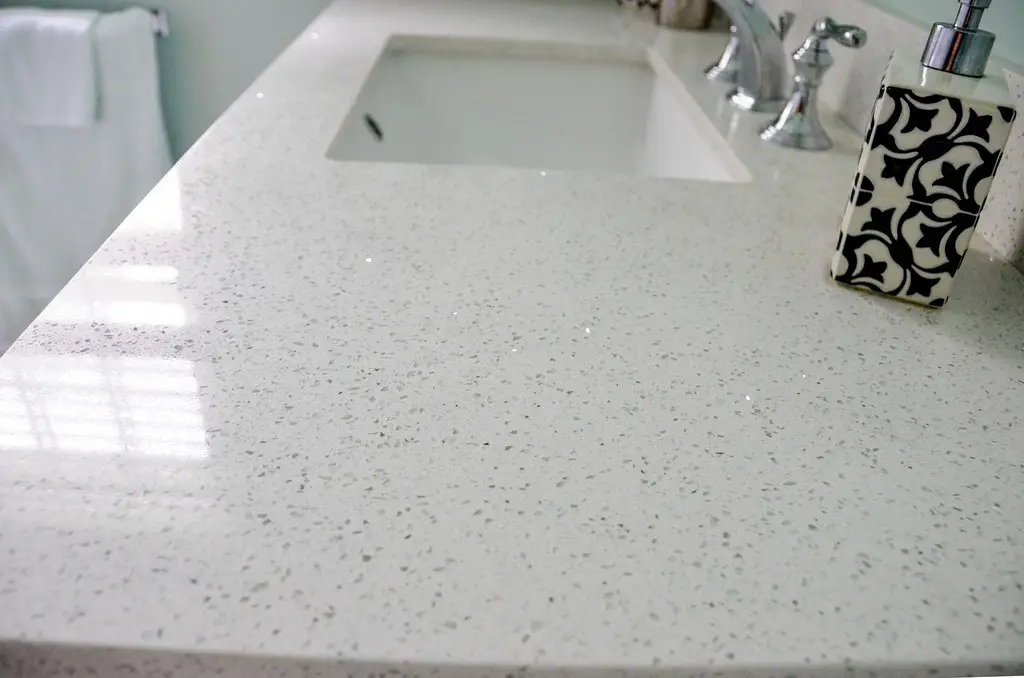
Engineered quartz is popular for its sleek look and durability—but it’s also linked to a growing wave of worker illnesses. According to NPR, fabricators who cut and polish the stone are being diagnosed with silicosis, a potentially deadly lung disease caused by inhaling fine crystalline silica dust. While homeowners are generally safe, the danger during installation is significant. Critics argue the industry isn’t moving fast enough to implement protective standards.
Because quartz contains up to 90% silica, the dust created during fabrication is much more concentrated than natural stone. Wet cutting methods and better ventilation are a start—but they aren’t universal. As this issue gains visibility, regulations may tighten. Until then, it’s buyer beware.
4. Vinyl Flooring (LVT)
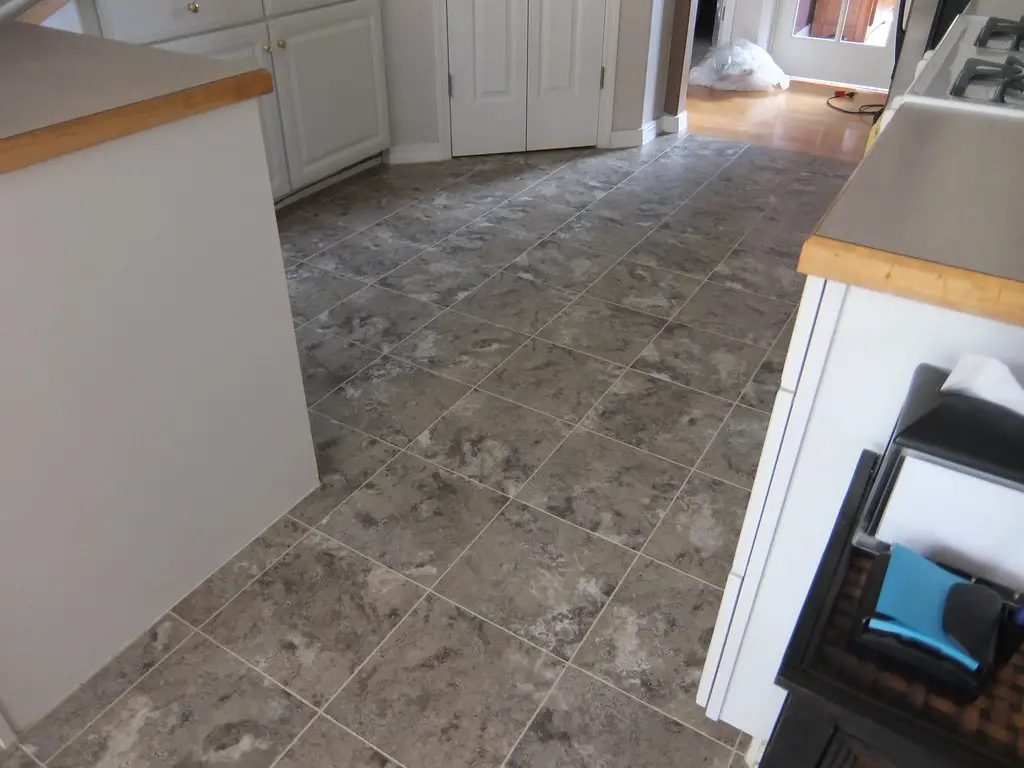
Luxury vinyl tile (LVT) has taken over the flooring world, but its production often involves phthalates and chlorine-based chemicals. Consumer Reports and the Healthy Building Network have both flagged potential off-gassing of volatile organic compounds (VOCs). While many manufacturers now tout “low-VOC” formulas, independent testing reveals inconsistencies. There’s also concern over disposal, as vinyl does not degrade safely in landfills.
The appeal of LVT is hard to deny—it’s affordable, durable, and water-resistant. But the health trade-offs may be greater than we think. Some experts say we’re repeating the same cycle we saw with asbestos: widespread adoption before full safety testing. Choosing certified, low-emission products is the best option for now.
5. Fiber Cement Siding
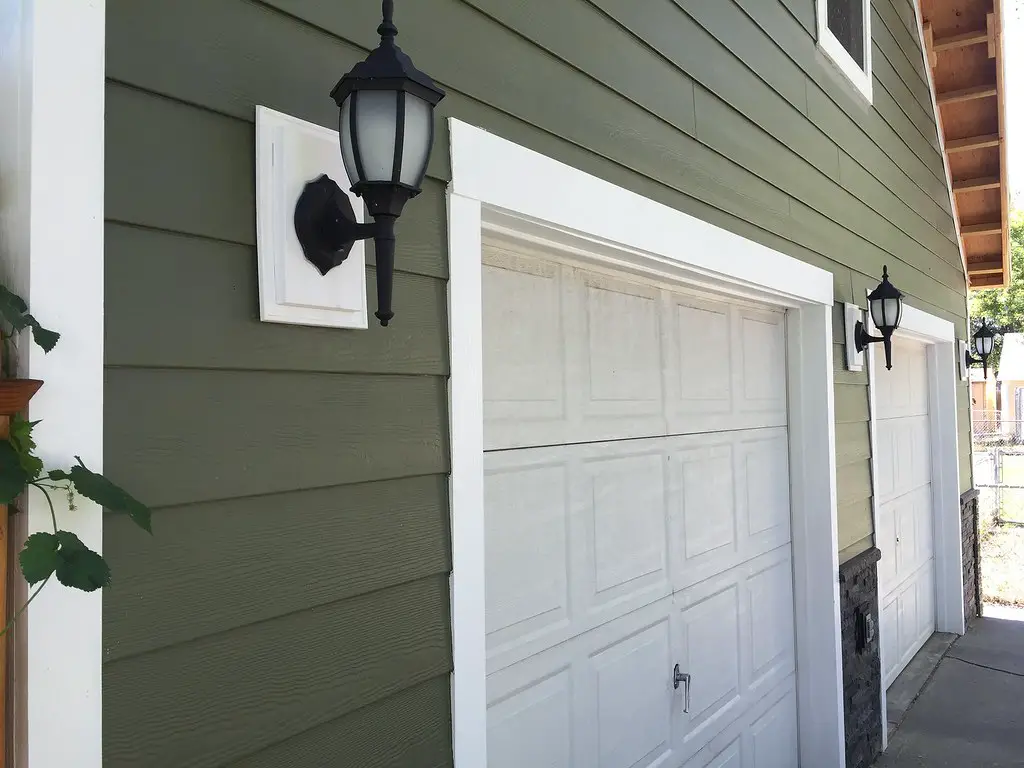
Fiber cement siding is often marketed as a durable, fire-resistant alternative to wood. But it’s made with crystalline silica, which can be hazardous during cutting and installation. Though the risk primarily affects workers, any renovation work that involves sawing or sanding could release fine particles into the air. The material is safe once installed—but only if proper precautions were taken.
If installed improperly or disturbed during home improvements, fiber cement can pose a latent health risk. Many homeowners have no idea that breathing in the dust could lead to serious lung conditions. Protective gear and dust suppression systems are critical, but not always used. It’s the hidden nature of the risk that makes it so concerning.
6. Formaldehyde-Laced Plywood
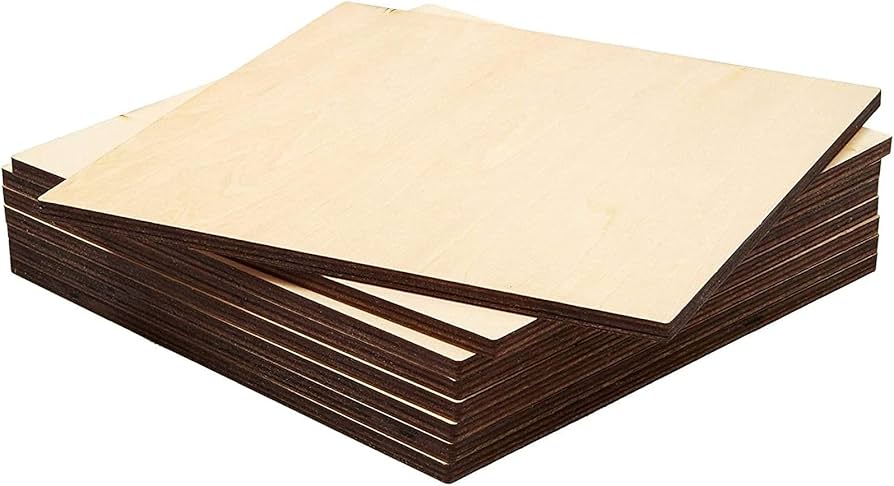
Pressed wood products like plywood and particle board have long used formaldehyde-based adhesives. This chemical is classified as a human carcinogen, and off-gassing can affect indoor air quality for years. While regulations like CARB Phase 2 have improved safety, imported materials sometimes bypass those standards. The result? A potential long-term health threat embedded in your walls and floors.
Homeowners with older or bargain-builds may be especially vulnerable. The smell might fade, but emissions can linger. And since it’s used in so many parts of the home, identifying the source is tough. Look for third-party certified materials to reduce your exposure.
7. Polyvinyl Chloride (PVC) Pipes
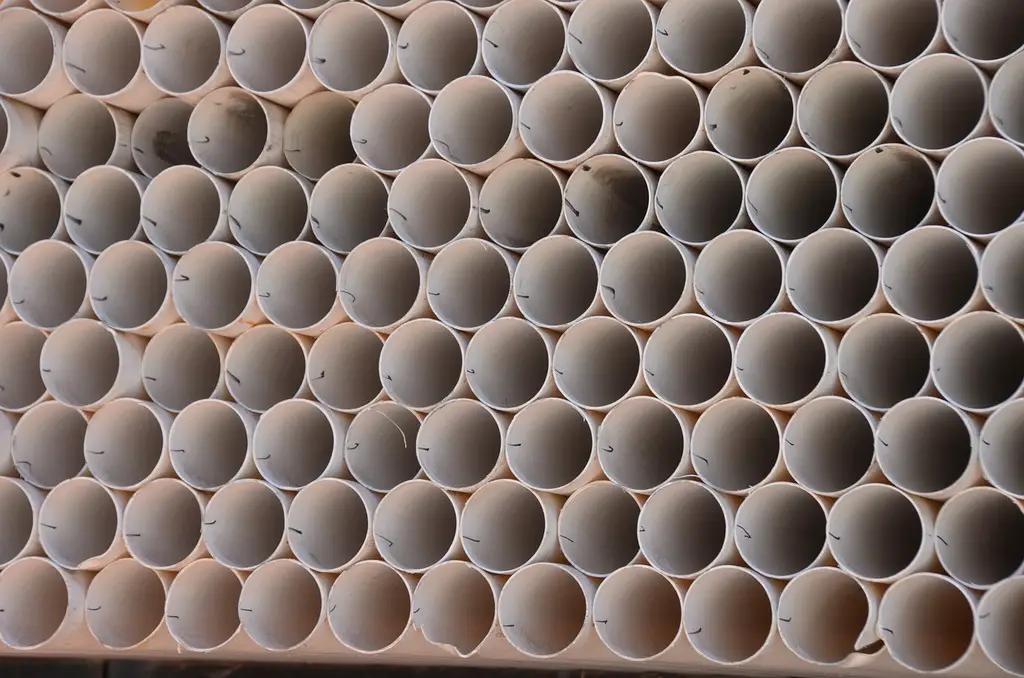
PVC piping is a mainstay in modern construction, but concerns are rising about its chemical stability. When exposed to heat or UV light, it can degrade and release toxins like dioxins and chlorine gas. These compounds are harmful to both human health and the environment. While generally considered safe in cold water plumbing, it’s far from a perfect material.
As climate change increases average temperatures, the long-term durability of PVC may be tested. Cracks or deterioration could lead to contamination of water supplies. Alternatives like cross-linked polyethylene (PEX) exist, but each comes with its own risks. Long-term studies are needed to determine which is safest.
8. Spray-On Concrete Sealers
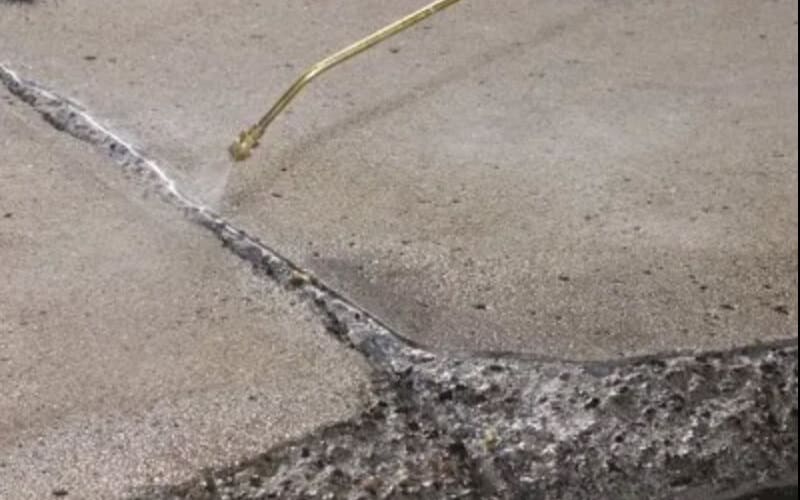
Used to protect driveways, patios, and floors, spray-on concrete sealers can contain solvents and acrylic compounds that off-gas into the air. The fumes can irritate lungs and eyes, especially in enclosed or poorly ventilated spaces. While they offer clear performance benefits, the health costs aren’t always discussed. Some sealers also release microplastics as they break down.
DIY applications often ignore manufacturer safety guidelines. And because many homeowners reseal annually, exposure can build up over time. Water-based options exist, but they’re not always as effective. As usage grows, so does the call for stricter safety labeling.
9. Synthetic Stucco (EIFS)
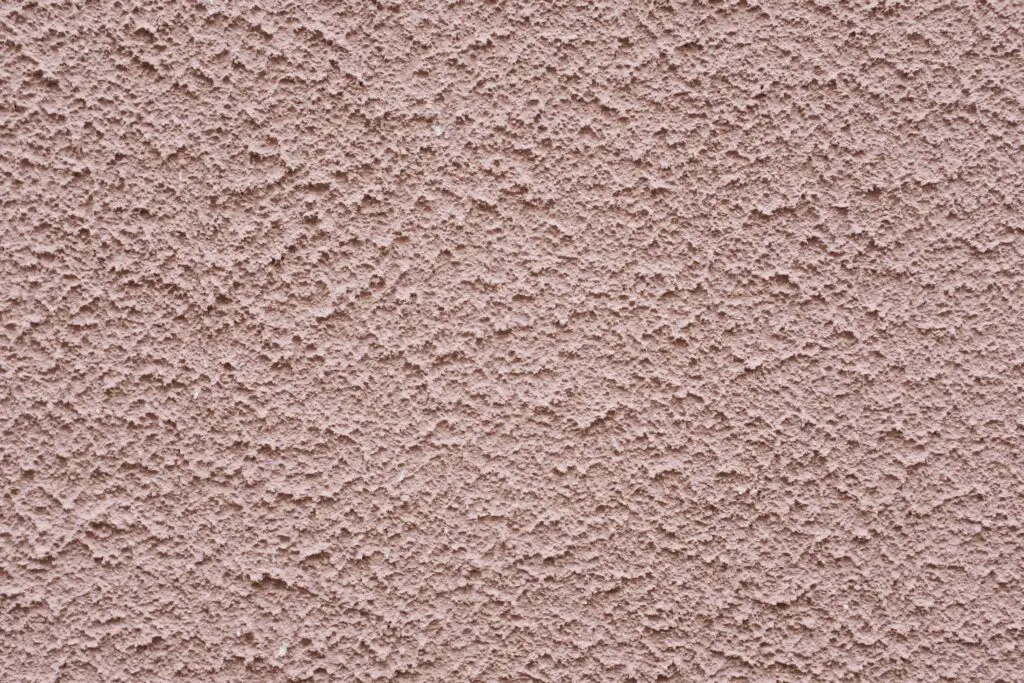
Exterior Insulation and Finish Systems (EIFS) are designed to be energy-efficient cladding options. But if installed incorrectly, they can trap moisture inside walls and promote mold growth. Over time, this can lead to structural rot and serious respiratory issues. Lawsuits over EIFS damage have already occurred in multiple states.
The problem lies not in the material itself, but in how it’s applied. Even tiny gaps in the moisture barrier can cause long-term problems. Because the damage is often hidden, homeowners may not notice until it’s too late. Regular inspections are the only safeguard.
10. Fiberglass Duct Linings
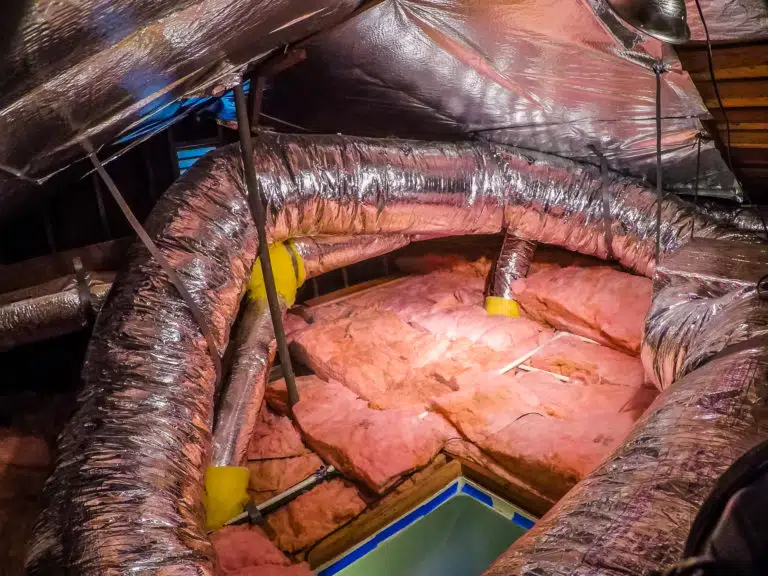
HVAC systems sometimes use fiberglass lining to dampen noise and insulate ducts. But as the lining deteriorates, tiny glass particles can break loose and circulate through your air system. Inhaling fiberglass isn’t as deadly as asbestos, but it can irritate lungs and eyes. The long-term impact of chronic exposure isn’t fully known.
Because ducts are out of sight, few homeowners even know the lining exists. If your home has older ductwork or you notice unusual dust or allergy symptoms, it may be time for an inspection. Newer systems use alternatives like foam or closed-cell materials. Always ask about duct construction during a home purchase.
11. Reflective Roof Coatings
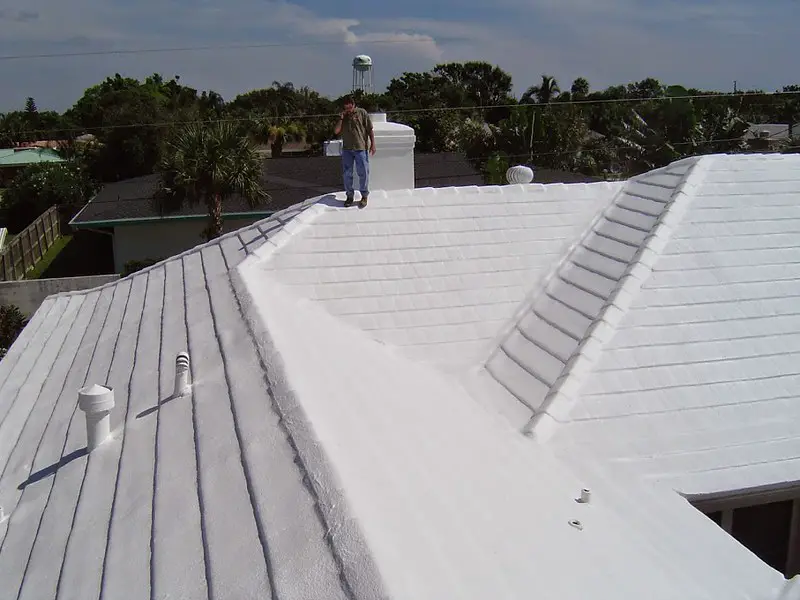
Reflective coatings can reduce heat gain and lower cooling costs, but some versions contain heavy metals and volatile solvents. These can be released during application or as the coating deteriorates under UV exposure. There’s also concern about runoff contaminating soil and stormwater systems. Despite the energy savings, the environmental tradeoff may be steep.
The newer, “cool roof” movement has made these coatings popular in hot climates. But not all formulations are created equal. Water-based, low-VOC products are safer—but harder to find. Read the technical data sheet before buying into the hype.
12. Composite Decking

Made from a blend of recycled plastic and wood fibers, composite decking is seen as a sustainable alternative to pressure-treated lumber. But some versions contain binding agents and flame retardants that may pose health risks as the deck weathers. When exposed to sun and rain, breakdown can release microplastics into the soil below. There’s also concern about heat retention, especially in warmer climates.
People often walk barefoot on decks, which raises concerns about skin contact with degraded surfaces. While composite decking is marketed as low-maintenance, that doesn’t mean it’s risk-free. Always ask what’s in the resin formula and check for certifications. Sometimes, pressure-treated wood might be the safer option after all.
13. Ceramic Tiles with Lead-Based Glazes

Imported ceramic tiles can sometimes contain lead-based glazes—especially bargain buys or vintage-inspired designs. Over time, foot traffic and cleaning can wear down the surface, releasing dust that contains lead. Exposure is especially risky for kids and pets. Yet most buyers never think to test their tile for toxins.
The danger is invisible and accumulative. Because lead testing isn’t standard for modern tiles, the risk often goes unnoticed. When in doubt, stick to tiles certified as lead-free. It’s a hidden hazard that could turn your backsplash into a biohazard.
14. Nanomaterial-Enhanced Coatings
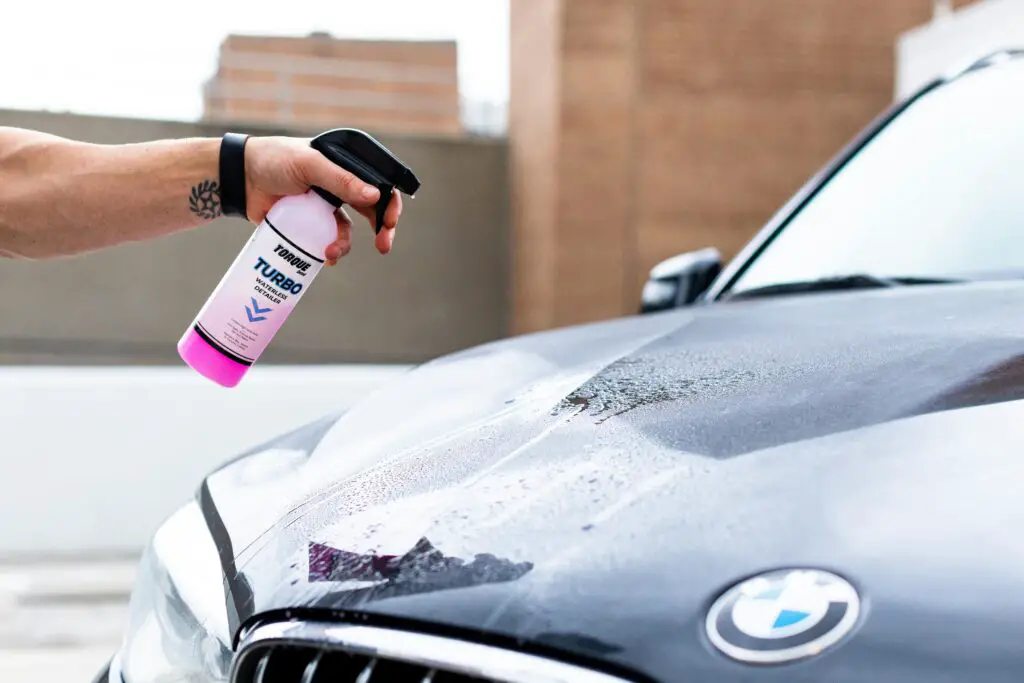
The latest innovation in paints and sealants involves nanotechnology—microscopic particles designed to improve durability and performance. But experts warn that the long-term effects of nanomaterials on human health and ecosystems remain unclear. Inhalation or absorption through the skin could pose risks, especially during application. Because particles are so small, they can enter the bloodstream more easily than traditional compounds.
Marketing around nanotech often outpaces the science. While the benefits sound exciting—self-cleaning walls, antibacterial surfaces—there’s a real possibility of unforeseen consequences. Regulatory oversight is still catching up to the trend. Until then, consumers are essentially testing these products in real time.
